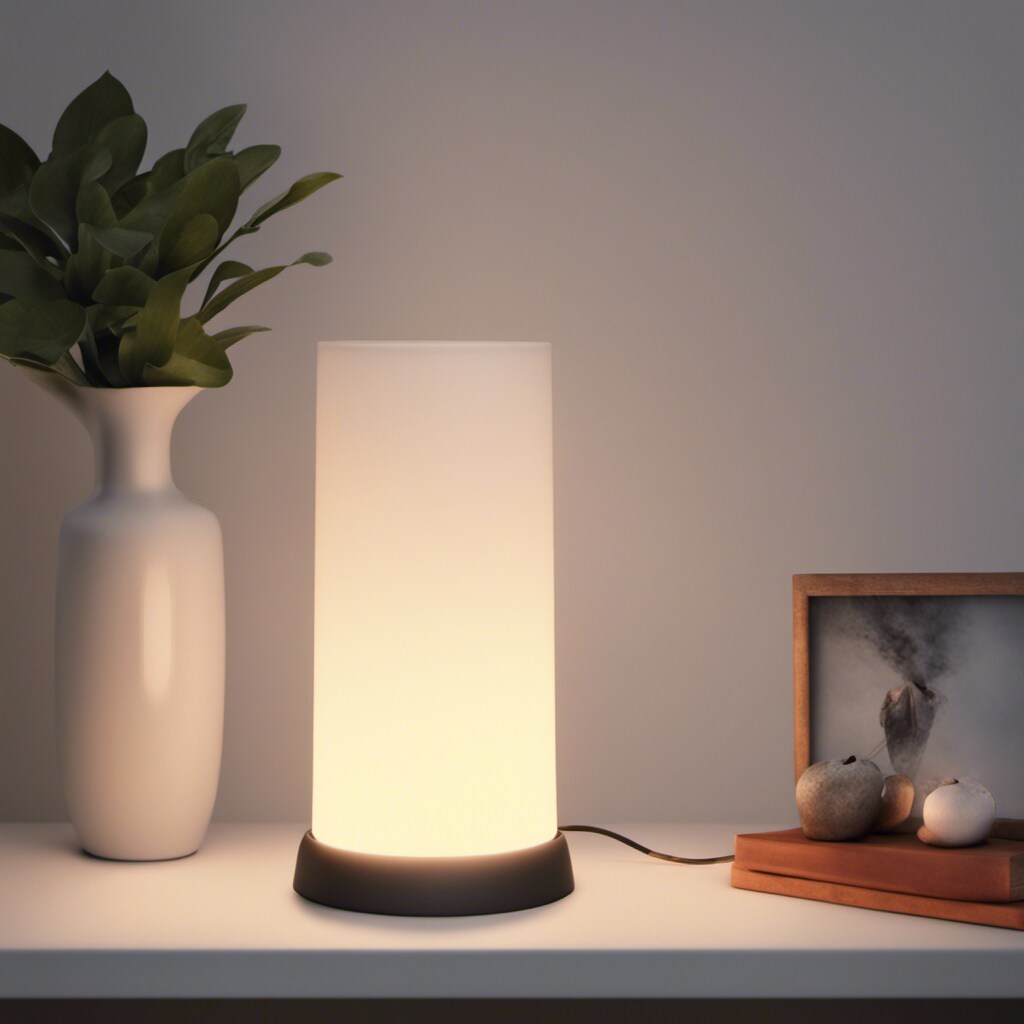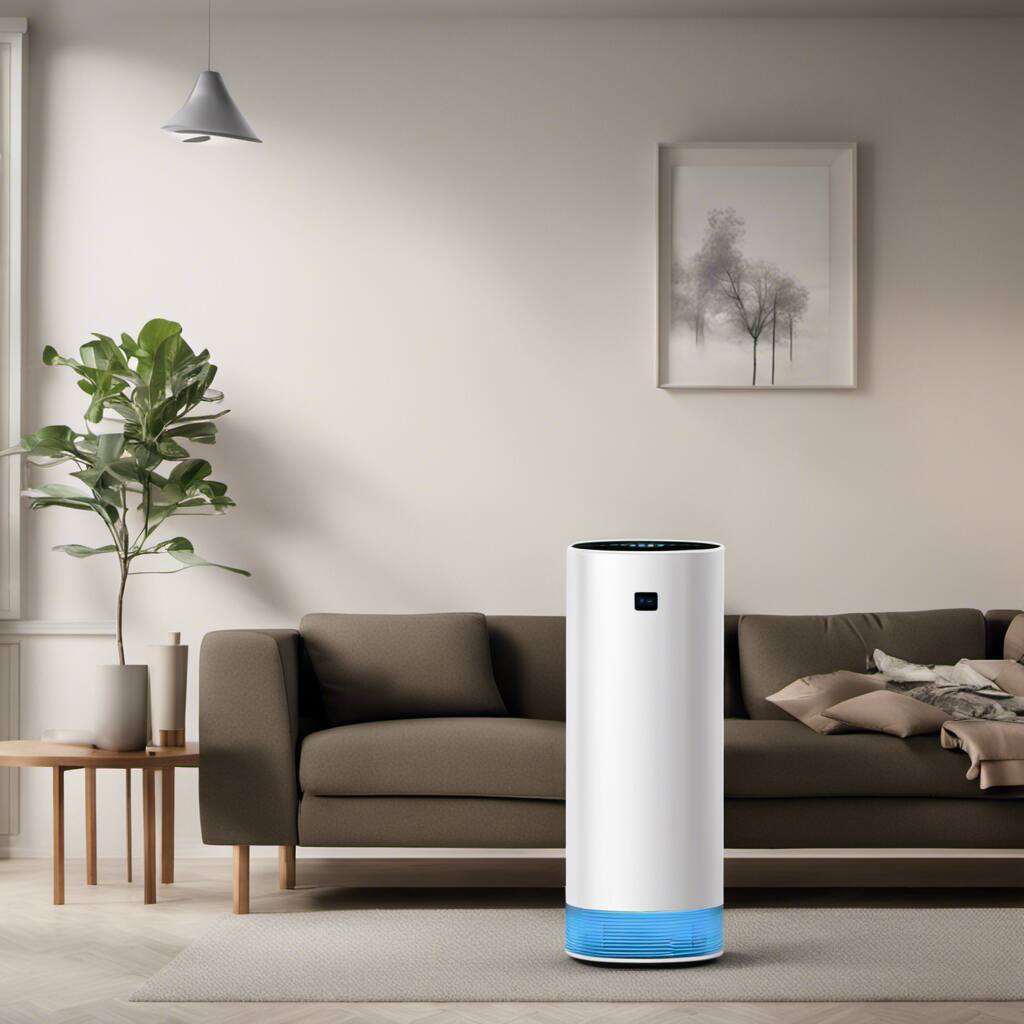
Flickering lights can be annoying, distracting, and even concerning. Whether it’s a slight intermittent flicker or a rapid, persistent flashing, it’s important to address this issue promptly to ensure the safety and functionality of your household. In this comprehensive guide, we will explore the various causes of flickering lights in your home and provide you with professional insights and step-by-step strategies to deal with this matter effectively.
I. Understanding the Basics
1.1 What Causes Flickering Lights?
Before delving into the specifics of resolving flickering lights, it is crucial to understand the underlying causes. Several factors can contribute to this issue, such as:
- Voltage fluctuations: A sudden surge or drop in voltage can cause lights to flicker.
- Overloaded circuits: If you are utilizing too much electrical power on a single circuit, it may result in lights flickering.
- Loose connections: Poorly connected wires or fixtures can disrupt the electrical flow, leading to flickering lights.
- Faulty lightbulbs: A flickering light may simply indicate that the bulb needs to be replaced.
- Incompatible dimmer switches: Using an incompatible dimmer switch with certain types of lightbulbs can cause flickering.
II. Troubleshooting Flickering Lights
2.1 Safety First
Before embarking on any troubleshooting activities, remember to prioritize safety. Ensure that you take the following precautions:
- Turn off the lights and unplug any electrical devices in the affected area.
- Use appropriate personal protective equipment, such as gloves and safety goggles.
- If necessary, enlist the help of a qualified electrician.
2.2 Identifying the Source
To effectively resolve flickering lights, it is crucial to identify the source of the problem. Consider the following steps to pinpoint the cause:
- Observe when the flickering occurs: Note whether the flickering is limited to a single fixture, room, or affects the entire house. This observation can help determine whether the problem lies within the electrical system or an individual component.
- Test neighboring lights: If flickering is localized to one room, check if lights on the same circuit are also affected. This can help identify if the issue is circuit-related.
- Examine the lightbulbs: Replace the flickering bulb with a new one to determine if the problem is bulb-specific.
- Inspect dimmer switches: If using dimmer switches, ensure compatibility with the lightbulb type and check for any signs of damage or loose connections.
2.3 Maintaining Electrical System Integrity
Once you have identified the source of the flickering, you can proceed with addressing the specific issue:
- Voltage fluctuations: Contact your utility provider to report voltage irregularities and request an inspection. They will investigate if the issue lies within the power supply infrastructure, rectifying the problem if necessary.
- Overloaded circuits: If the flickering is due to overloaded circuits, consider redistributing the electrical load across multiple circuits. Alternatively, consult an electrician to install additional circuits or conduct a load analysis to ensure a well-distributed electrical system.
- Loose connections: Examine all connections, including electrical panels, outlets, and switches. Tighten any loose connections and consider replacing faulty components.
- Faulty lightbulbs: In the case of a single flickering lightbulb, replace it with a new one from a reputable brand to ensure compatibility and longevity.
- Incompatible dimmer switches: If flickering occurs when using a dimmer switch, ensure compatibility with the lightbulbs being used. Consider upgrading to a compatible dimmer switch or revert to a standard on/off switch.
2.4 Seeking Professional Assistance
While troubleshooting flickering lights can often be resolved through basic maintenance or replacement, some issues may require professional intervention. If you encounter any of the following, it is advisable to consult a licensed electrician:
- Persistent flickering despite troubleshooting efforts
- Severe power surges or electrical sparks
- Flickering accompanied by a burning smell or hot outlets
- Flickering following recent electrical work
III. Preventative Measures
Prevention is always preferable to dealing with the consequences of a flickering lights issue. Follow these expert-recommended measures to minimize the occurrence of flickering lights in your home:
- Schedule regular inspections: Have a professional electrician inspect your electrical system periodically to identify potential issues before they lead to flickering lights or other electrical problems.
- Invest in quality components: Opt for lightbulbs, switches, and electrical components from reputable manufacturers to ensure longevity and compatibility.
- Avoid overloading circuits: Distribute electrical loads across circuits adequately. Consider upgrading the electrical panel and adding more circuits if needed.
- Secure connections: Regularly inspect electrical connections and ensure they are tight and secure.
- Dimmer switch compatibility: When using dimmer switches, choose ones designated for the specific lightbulb type being used. Follow manufacturer guidelines for installation and usage.
Conclusion
Dealing with flickering lights in your home may seem daunting, but armed with the knowledge provided in this comprehensive guide, you are now better equipped to tackle this issue. Remember to always prioritize safety, identify the source of the problem, and pursue appropriate troubleshooting steps. By following preventative measures and seeking professional assistance when necessary, you can ensure a well-functioning electrical system, free from the annoyance and inconvenience of flickering lights.





